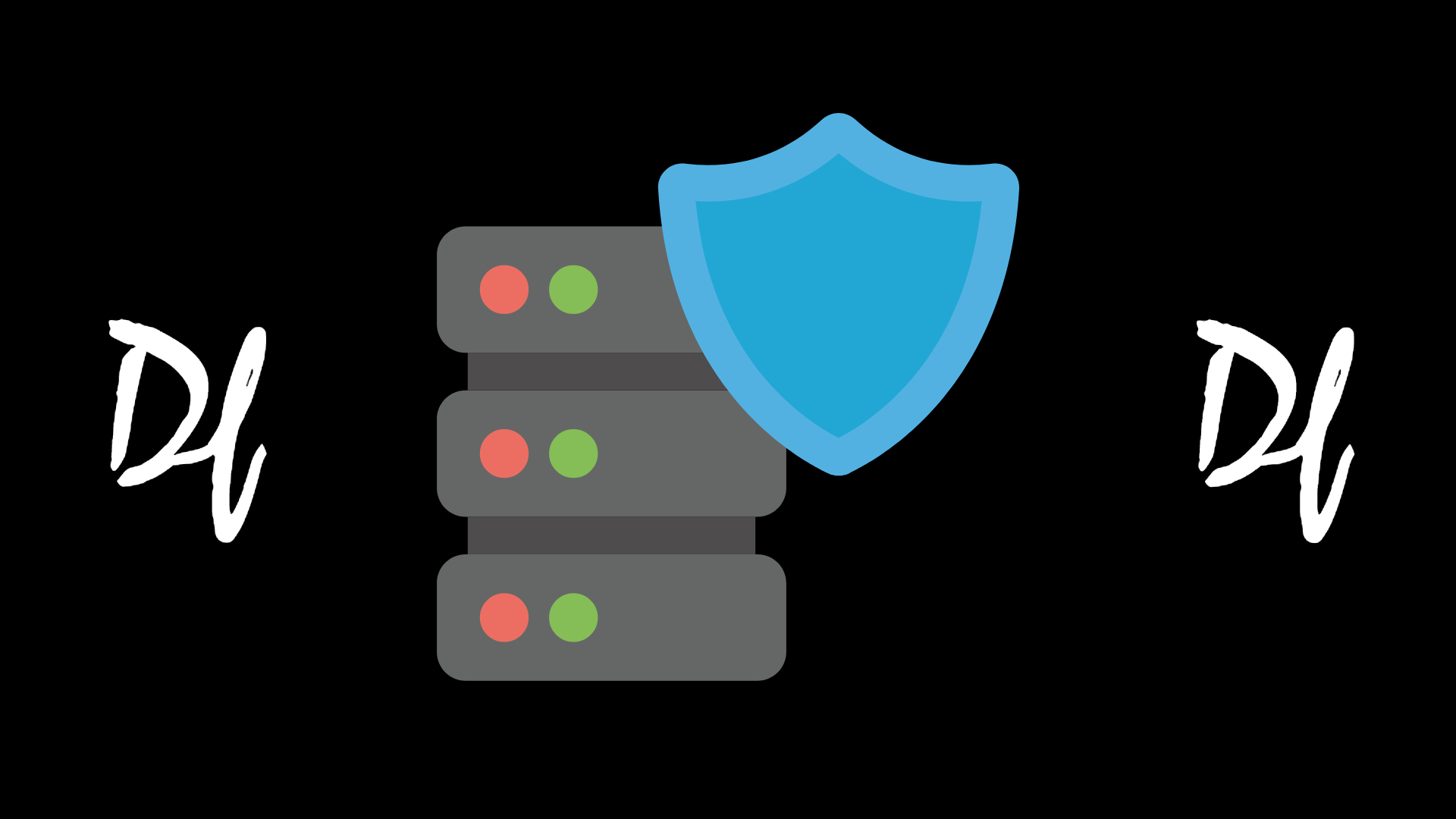The Era of Hyper-Volumetric DDoS Attacks

Distributed Denial of Service (DDoS) attacks have been around for decades, but they have become much more sophisticated and powerful in recent years. The latest trend in the world of DDoS attacks is the emergence of hyper-volumetric attacks. This type of attack is characterized by an enormous amount of traffic directed toward a target, resulting in a complete shutdown of the target's network.
What are Hyper-Volumetric DDoS Attacks
Hyper-volumetric DDoS attacks are a new breed of attacks that use massive amounts of traffic to overwhelm a target's network. Unlike traditional DDoS attacks, which typically rely on a relatively small number of compromised devices to generate traffic, hyper-volumetric attacks utilize large botnets consisting of tens or hundreds of thousands of devices. This allows the attacker to create massive amounts of traffic, making it nearly impossible for the target to defend against the attack.
Why are Hyper-Volumetric DDoS Attacks So Dangerous
Hyper-volumetric DDoS attacks are hazardous because they can cause widespread disruption. When a target's network is overwhelmed with traffic, it can result in a complete shutdown of the target's website or online services. This can have severe consequences for businesses, including lost revenue, damage to reputation, and decreased customer trust. In addition, hyper-volumetric attacks can be challenging to detect and defend against, as the sheer volume of traffic can make it difficult for security systems to identify and block the attack.
How to Protect Yourself from Hyper-Volumetric DDoS Attacks
You can take several steps to protect yourself from hyper-volumetric DDoS attacks. The first step is to ensure that your network and infrastructure are designed to handle large amounts of traffic. This may involve implementing load balancing and traffic management solutions and upgrading your network hardware to handle high traffic volumes.
Another critical step is to work with a DDoS protection service. DDoS protection services can help defend against hyper-volumetric attacks by filtering out malicious traffic before it reaches your network. Some DDoS protection services also use machine learning algorithms to identify and block DDoS attacks in real time, further increasing the level of protection for your network. One such example of a DDoS protection service is Cloudflare. Cloudflare provides various DDoS protection services, including its proprietary Anycast network and machine learning algorithms, to protect against hyper-volumetric DDoS attacks.
Finally, it's essential to be prepared for a DDoS attack by having a response plan. This may involve working with a DDoS protection service to implement a plan for responding to an attack and having a backup plan in case your primary defense mechanisms fail.
Conclusion
Hyper-volumetric DDoS attacks are a growing threat in the world of cyber-security, and they can cause widespread disruption to businesses and organizations. By taking steps to protect your network, working with a DDoS protection service like Cloudflare, and being prepared for an attack, you can reduce the risk of a successful hyper-volumetric DDoS attack against your organization.